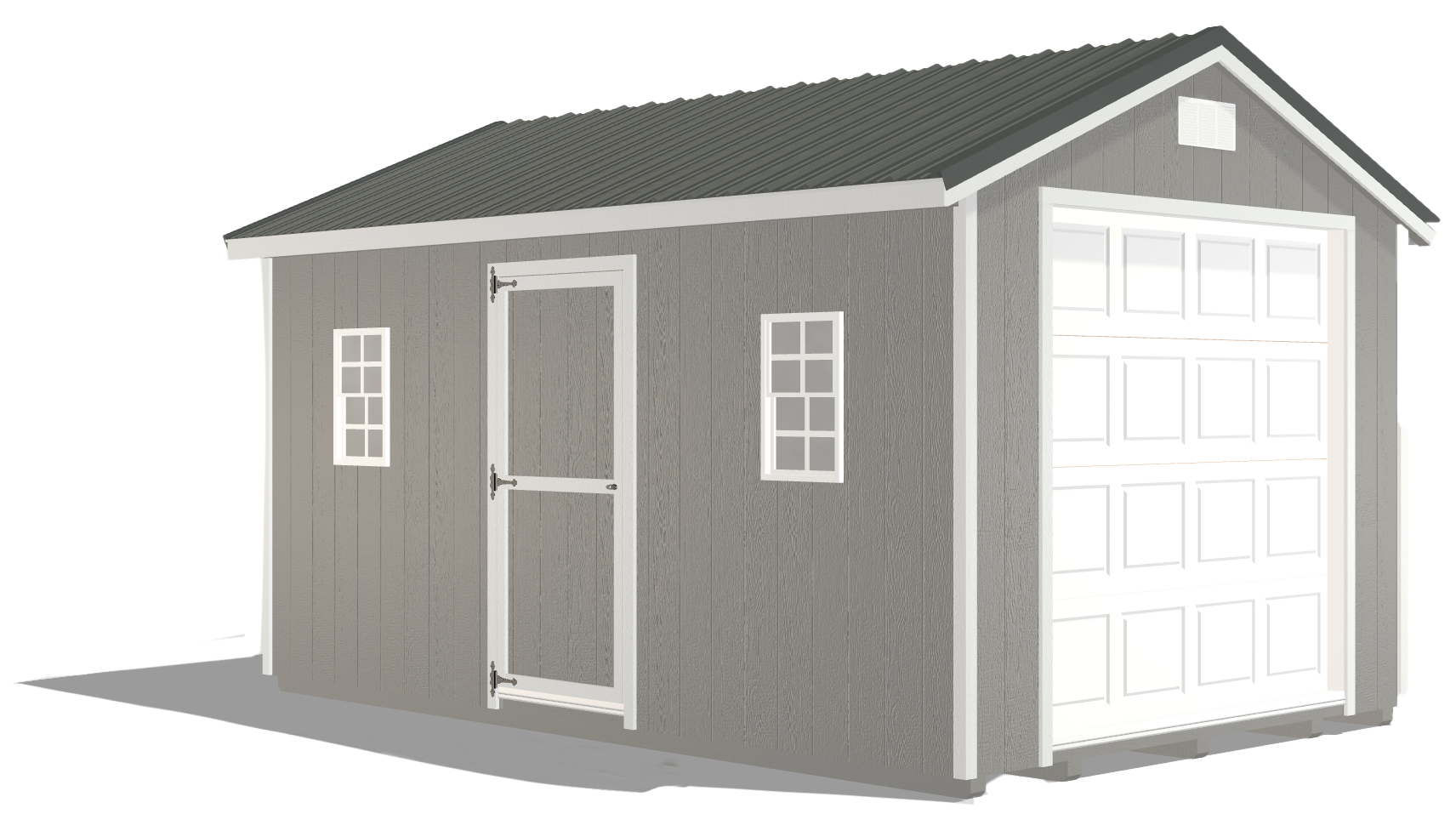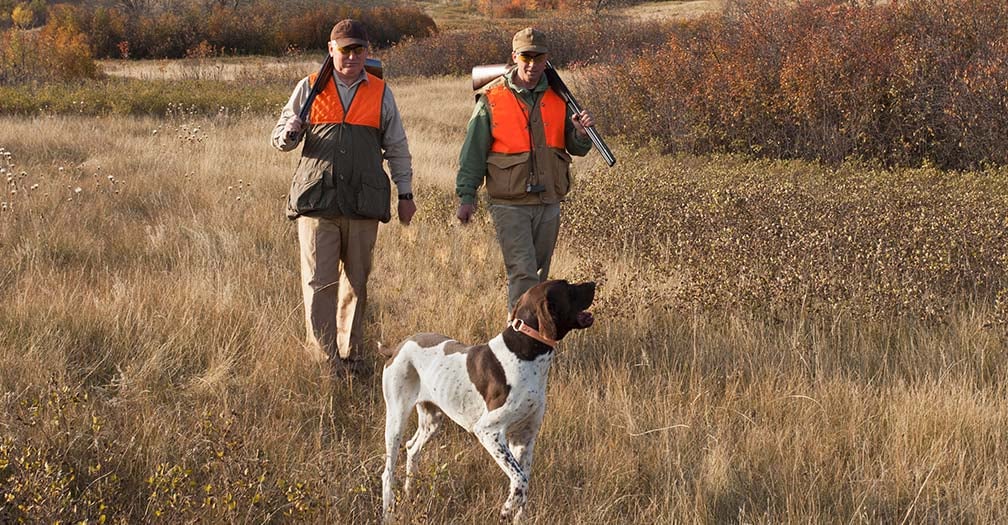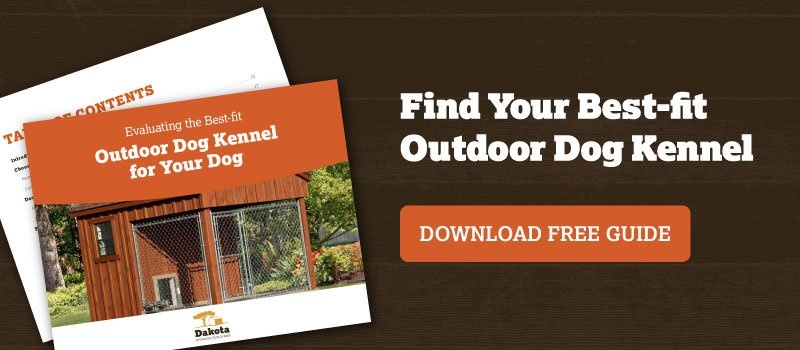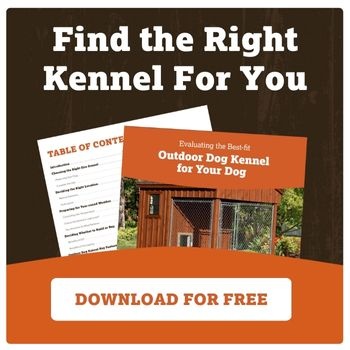Bird Dog Housing: What To Do About Tight Spaces & Dander Allergies
by Dakota Storage Buildings, on March 30, 2021
Cramped spaces and allergies should not kill your dream of owning a bird dog — here’s why.
If over the years, you've grown passionate about bird hunting, there's a good chance you've thought about getting a bird dog. For serious bird hunters, the idea of hunting game birds alongside a trusty canine pal is exciting and energizing.
Some bird dog breeds are big and have fur that sheds seasonally. These challenges might be what's stopped you in the past from moving forward with dog ownership. If your house is full and the space you have is tight, introducing a high-energy dog into the mix creates a problem. Add in pet allergies and the problem compounds. Free-floating pet dander in a cramped indoor space is a recipe for misery and can lead to serious health complications.
Does this mean you shouldn't get a dog? No! Absolutely not.
Because dogs are pack animals, they do best when they live with their pack — you. So, indoor living is worth a try. We have some ideas that might make indoor co-living bearable. However, if that doesn't work, there's no need to give up your dream of owning a bird dog. If you're willing to consider a quality outdoor dog kennel, we have some ideas for that, too.
Indoor Living
To attempt indoor living amidst tight quarters and allergies, there are different options to test — mix and match to find the right combo that works for you.
Try Medicinal/natural remedies. Medications like antihistamines, decongestants, bronchodilators, and allergy shots can help you manage allergies and asthma. Some people with dog allergies may find that a daily saline (saltwater) rinse can help clear nasal passages. OTC saline sprays and nasal lavage kits are readily available. You can also make your own by mixing 1/8 teaspoon of table salt with distilled water.
Reduce textiles. Remove carpeting, upholstered furniture, horizontal blinds, curtains, and any other items that may attract and harbor dander. This also doubles as a downsizing method to free up space in your home. (This could be the right time to get rid of that well-worn La-Z-Boy rocker.)
Purify the air. Air purifiers with HEPA filters can continually clean the air and reduce allergen levels in bedrooms, living rooms, and kitchens. Also, regular use of a high-efficiency vacuum cleaner or a central vacuum can reduce allergens.
Give dog baths — frequently. Bathing your dog at least once a week can reduce airborne dog allergens. Be sure to ask a non-allergic friend or family member to do the deed using a pet-friendly shampoo.
Limit exposure. Keep the dog out of your bedroom and restrict it to only a few rooms. Doing this will not eliminate allergens but will minimize the amount. And always wash your hands with soap and water immediately after petting your dog.

Once you've addressed allergy and asthma concerns, you can start thinking about ways to rearrange your furniture to free up walkways. Also, consider relocating fragile items that sit at the height of your dog's tail. One tail wag and your favorite knickknack could go flying.
Outdoor Living
The only surefire way to get rid of a pet allergy is to remove the pet from your home. Because bird dog breeds can handle outside living, you could house your dog humanely in an outdoor dog kennel, which would address both your living space and allergy concerns.
Investing in a quality outdoor dog kennel that's insulated, waterproof, and right for your dog's size will keep him safe and protected from harsh weather.
But with many different options available, where do you begin? What should your main concerns be as you shop? What design options and features are vital for your dog's health and happiness? We have answers to these questions as well as other important things to look for when shopping for outdoor kennels.
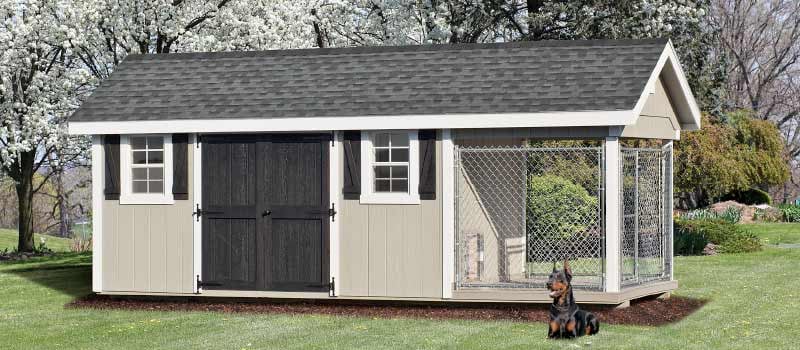
Determine the Right Size. The last thing you want to do is get an outdoor dog kennel that isn't big enough. To find the right size for your outdoor dog kennel: 1) Measure each dog's height, length, and body width. If your dog is still a puppy, you'll want to look up the average full-grown size of a similar breed. 2) Add 9 inches to the height of your tallest dog, and add 18 inches to the length of your longest dog. Take the total width of each dog you measured and add 12 inches per dog. These measurements should help you assess the minimum space requirements for your outdoor dog kennel. It's always a good idea to err on the larger size if you're unsure. You'll also want to think about the outdoor area attached to the kennel. A dog should be able to easily go in and out of its house when it pleases into a secure run.
Assess your environment. Good outdoor dog kennels are equipped to handle the climate in your areas, especially if your dog will be in the kennel year-round. By selecting an outdoor dog kennel with insulation and protection to keep your dog safe in any environment, you'll both feel good about his living arrangements.
Ventilation. During the cold of winter or the scorching heat of summer, proper ventilation is vital for your dog to thrive. This airflow not only ensures that your dog won't overheat during the hot days but also keeps mold from growing in the kennel in humid or damp environments. A ridge vent or a few properly placed holes should do the trick.
Precipitation. Your outdoor dog kennel must also be leak-proof; this is also important for your dog's health. Choosing a slanted roofline and making sure that windows and dog doors are properly sealed can help.
Temperature. Finally, to keep your dog cozy, assessing the wind patterns can help you decide which way to position the outdoor dog kennel. Typically, it's best to avoid having the entrance face north. For further protection in some climates, outdoor dog kennels with insulated rooms are an excellent choice.

For more insights and details, download our guide, Evaluating the Best-fit Outdoor Dog Kennel for Your Dog, before buying a backyard dog house.
Our guide covers:
- Tips for measuring your dog for the right kennel size
- How to pick the best location in your yard
- Ways to prepare the kennel for year-round weather
- A list of dog house essentials
- Go-to resources for dog owners
Indoor & Outdoor Dogs
Whether your bird dog lives inside or outside, it's your responsibility to keep him healthy. It's up to you to work with your veterinarian to create an optimal preventive maintenance schedule for your dog. Not only will it keep him healthy, but it also gives you the chance to catch anything serious before it becomes a major problem.
Regularly scheduled veterinary exams are the foundation of good preventive health care. Preventive care is especially essential for bird dogs, who are at a higher risk for certain conditions such as orthopedic injuries, lacerations and puncture wounds, foreign bodies, and gastrointestinal disease.
Now that you're armed with information that can keep you and your dog healthy and safe, it's time to research bird dogs. Once you find the right one, your hunting experience is going to be better than ever!
Read more articles about caring for working dogs.
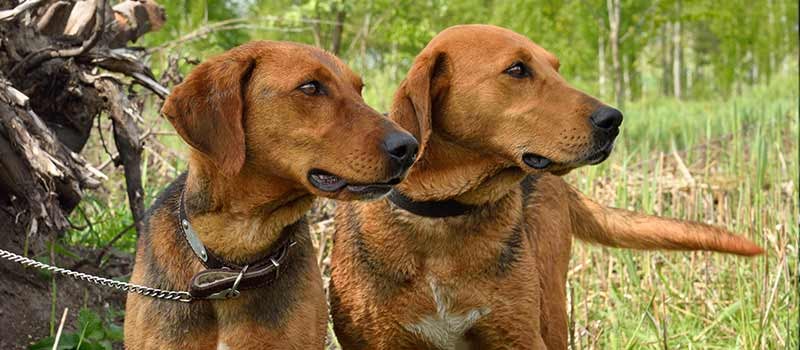
About Dakota Storage Buildings
Life is demanding and full of choices. We’d love to make just one aspect of your life a little easier. That’s why it’s our mission to provide storage solutions you can trust, from sheds and garages to coops and kennels. Customize your storage building with our online 3-D configurator, explore our stock buildings, or find a display location near you. Our team is now serving North Dakota, South Dakota, Minnesota, western Wisconsin, northeast Nebraska, and north-central Iowa. Discover The Dakota Difference.


















